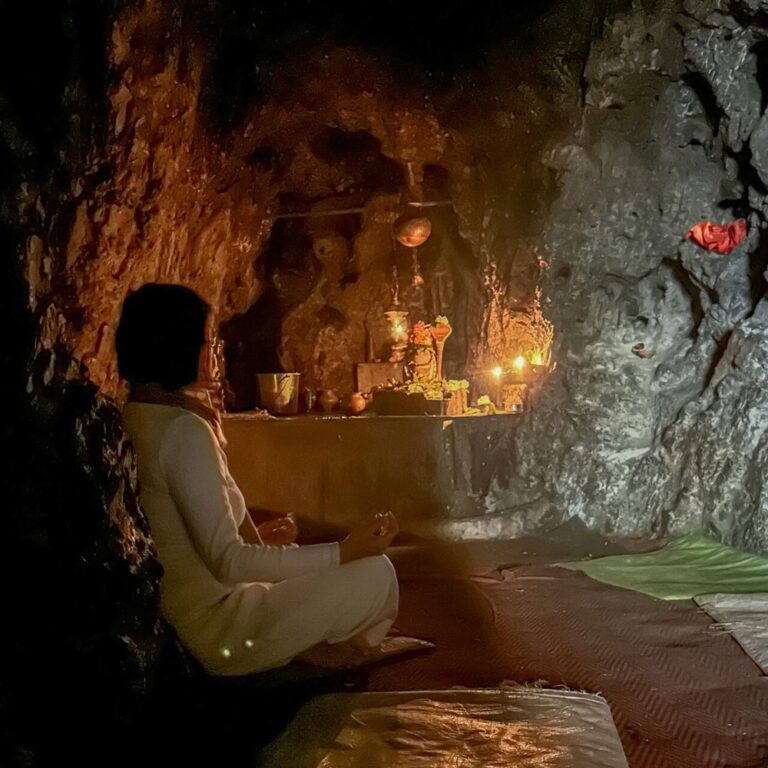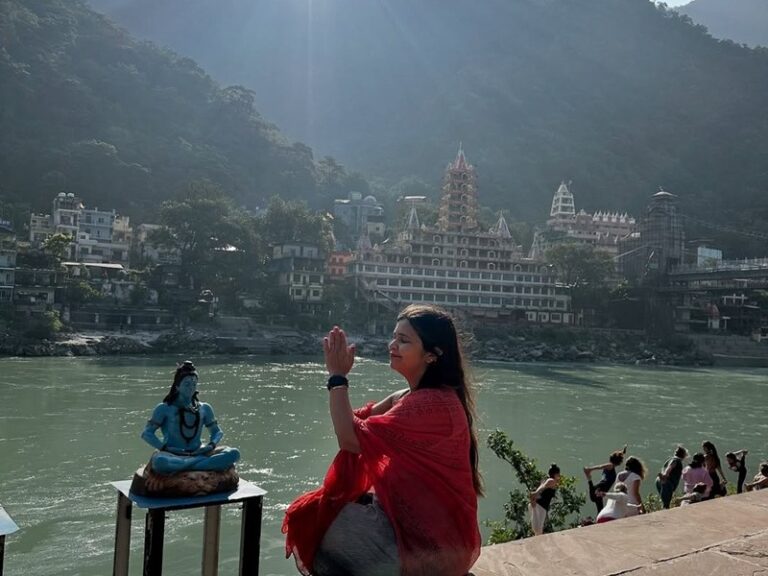Discover Brahma Kamal Flower Plant: Where To Find in Uttarakhand?
Have you heard of the Brahma Kamalam? This beautiful flower is found in the Himalayan region. The Brahma Kamalam plant, also known as Saussurea Obvallata, is a member of the sunflower family. It holds many mythical and religious significances in Hinduism.
Lord Brahma, the god of creation, is believed to have meditated on this flower. The Brahma Kamal flower flower plant blooms only once a year and for just one night.
In the heart of the majestic Uttarakhand, amidst the rugged terrain and serene landscapes, blooms a flower of unparalleled beauty and mythological significance – the Brahma Kamal flower plant (Saussurea Obvallata). Join us on a journey to unravel the enchanting mysteries surrounding this divine blossom.
Where To Find in Uttarakhand
The elusive Brahma Kamal flower can be sighted in the districts of Kedarnath, Hemkund Sahib, and Tungnath.
Brahma Kamal Flower Plant
- The Brahma Kamal flower is a rare plant found in the Himalayan region. It blooms between July and August. The fragrant flower is often used in religious ceremonies and is mentioned in many ancient texts.
- Hindu mythology says the flower sprang from Brahma’s head when he created the universe. The Rigveda, a sacred Hindu text, mentions the Brahma Kamal plant in several hymns.
- Ancient Greeks and Romans also worshipped this flower, linking it to their goddesses of love and fertility.
- In Buddhism and Hinduism, the flower represents the cosmos. Along with the lotus, Chamara, kumkuma, and nagakeshara, it is one of Vishnu’s five sacred flowers, called Pancha-Kamala.
- The Brahma Kamal blooms fully at night, showing its pearly white petals. It is considered one of India’s best flowering plants.
- The Brahma Kamal flower plant symbolizes purity and innocence and is believed to have magical properties.
- The Brahma Kamal flowers bloom during mid-monsoon at altitudes of 3,700 to 4,600 meters. The purple flower heads are hidden in layers of yellowish-green papery bracts, protecting the plant from the cold.
- These star-shaped flowers, also called Brahma Kamalam, have a pleasant fragrance. They are hermaphrodites, containing both male and female reproductive organs, and are pollinated by insects.
- Known as the orchid cactus, the Brahma Kamal mainly blooms at night and remains open until sunrise, making it rare to see the flower in full bloom. A single flower lasts only one night, with buds taking two to three weeks to flower.
- The blooming season is from spring to early summer. The plant is also called the king of Himalayan flowers, the night-blooming queen, the night-blooming cereus, and several other names.
- The Brahma Kamal flower is white with pink tips and grows up to four to five feet tall. The plant produces white, pink, red, and sometimes purple flowers.

In Ayurveda
In Ayurvedic medicine, Brahma Kamal is used to treat a variety of problems and illnesses, including fevers, colds, flu, bronchitis, and asthma. The plant can also help with anxiety, depression, and insomnia.
Mythology
According to Hindu mythology, the flower sprang from Brahma’s head during the creation of the universe. The Rigveda, a sacred Hindu text, references the Brahma Kamal plant in multiple hymns. It was also revered by ancient Greeks and Romans, who associated it with their goddesses of love and fertility.
In both Buddhism and Hinduism, the flower symbolizes the cosmos and is considered one of Vishnu’s five sacred flowers, or Pancha-Kamala, alongside the lotus, Chamara, Kumkuma, and Nagakeshara.
Importance for Uttarakhand:
- The Flower holds a significant place in the mountain culture of the Uttarakhand. Its resilience and adaptability, thriving in the harsh terrain, make it a symbol of strength and endurance.
- Local communities celebrate its bloom with festivities, dancing, and singing, honoring its rarity and beauty. Notable sightings of the Brahma Kamal occur in sacred sites like Kedarnath, Hemkund Sahib, and Tungnath in Uttarakhand.
In a world of fleeting beauty, the Brahma Kamal Flower Plant stands as a timeless symbol of spirituality, purity, and resilience. Its delicate yet fleeting presence reminds us of the ephemeral nature of life and the importance of cherishing the beauty that surrounds us.










